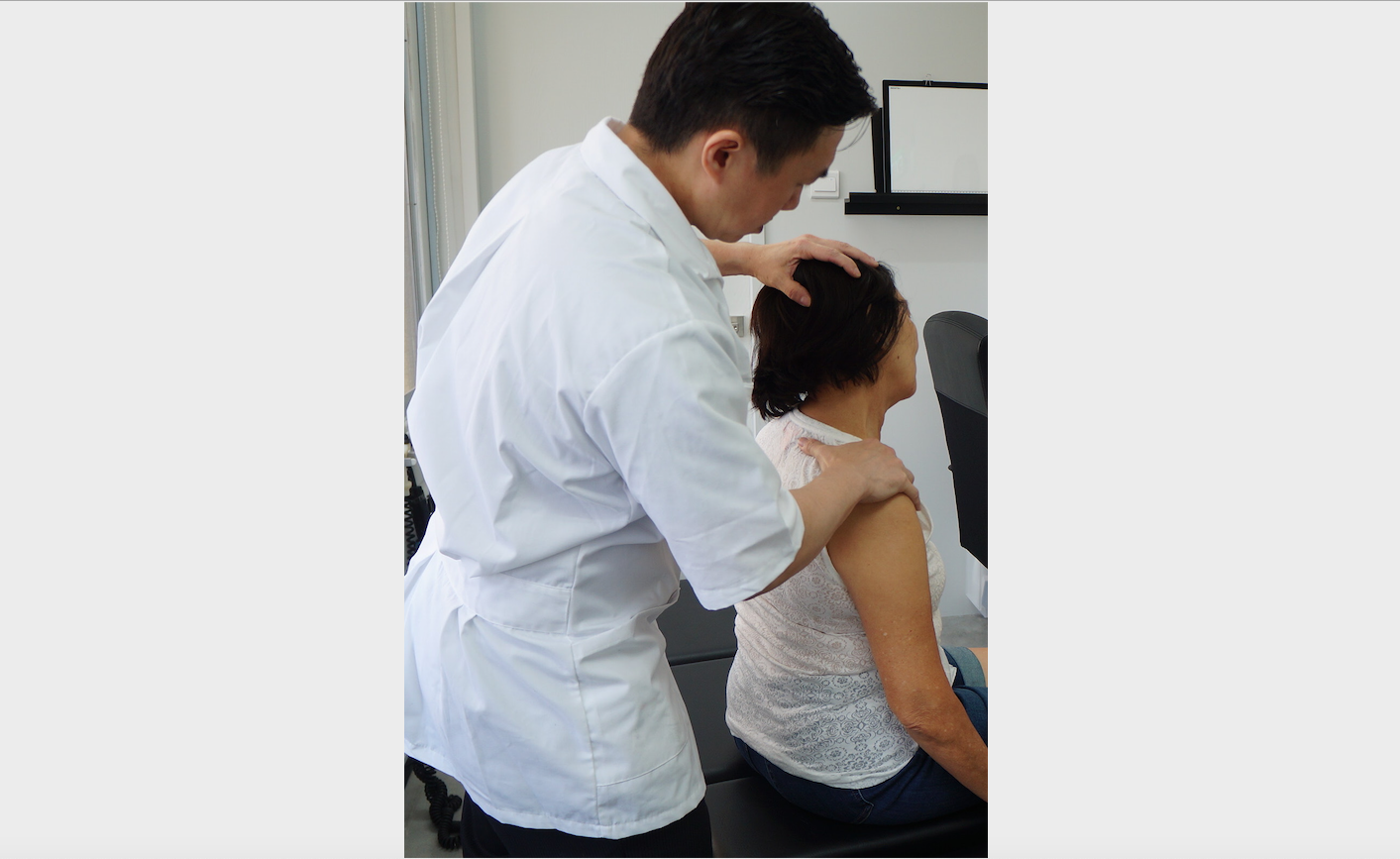
At All Well Scoliosis Centre, we understand that pain in areas like the neck, shoulders, elbows, back, knees, and ankles are often interconnected. These pain are influenced by the spine's alignment, muscle imbalances, nerve health, and biomechanics.
Understanding the Sources of Pain
1. Spine Health
The spine is essential for overall posture and mobility, housing the spinal cord which transmits signals between the brain and body:
Cervical Spine: Misalignments can lead to neck pain that radiates to the shoulders and arms.
Thoracic Spine: Misalignments can lead to shoulders and middle back pain that can radiates to the chest and may affect breathing.
Lumbar Spine: Issues here often result in lower back pain, which can affect hip and knee alignment.
2. Muscles
Muscle tightness, weakness, or imbalances can cause pain:
3. Nervous System
Nerve impingements (like herniated discs) can cause radiating pain:
4. Biomechanics
Poor biomechanics due to injuries, muscle weakness, or joint dysfunctions can cause compensatory movements:
5. Interconnectedness
The body works as a system, meaning that an issue in one area often leads to pain in another:
Holistic Approach to Pain Relief
At All Well Scoliosis Centre, we don't just treat the symptoms; we address the root cause. for conditions like tennis elbow, golfer's elbow, frozen shoulder, tendinitis, and other musculoskeletal issues, our comprehensive assessment includes:
Our Goal: To improve your condition permanently by addressing not only the painful areas but also the underlying imbalances in your body. Our holistic approach ensures long-term relief and better overall function.
Knee and Ankle Pain in the Elderly
Knee and ankle pain are common concerns among the elderly but can also affect people of all ages, including adolecents and adults. In younger populations, conditions like knock knee (genu valgum), bow legs (genu varum), and Osgood-Schlatter disease are often seen. However, in adults and elderly, knee and ankle pain typically develop due to long-term changes in body mechanics, leading to chronic discomfort.
Understanding the Root Cause
Knee and ankle pain are often linked to abnormal biomechanics throughout the body. Over time, factors such as spinal inflexibility, weak core muscles, and altered hip joint function can cause compensatory stress on the knees and ankles. This shift in biomechanics may result in joint degeneration, which becomes harder to rehabilitate as it progresses.
How Biomechanics Affect Knee and Ankle Pain: